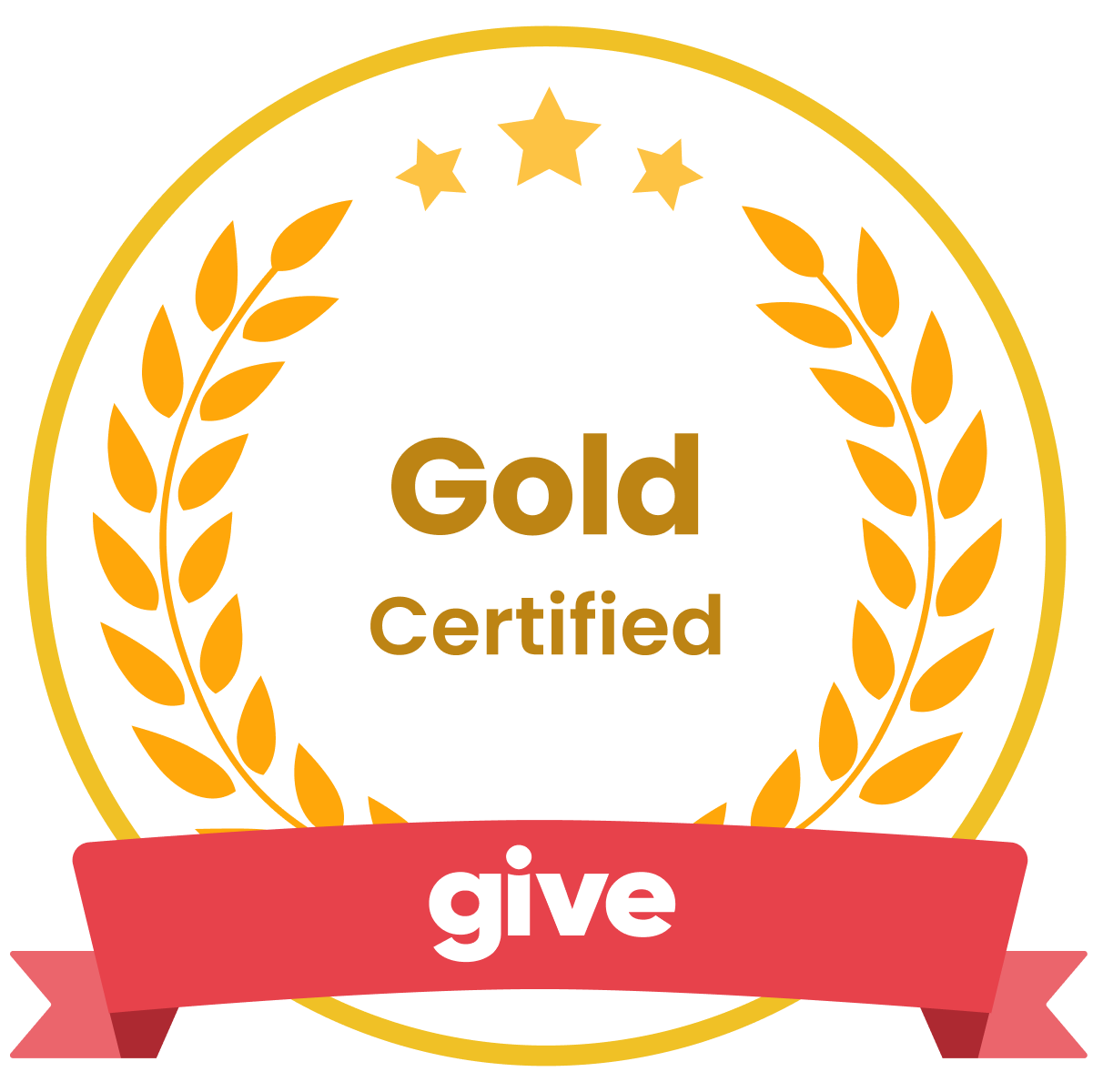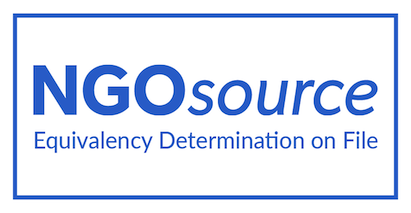Everyday Heroes: How Community Volunteers Are Changing Lives
Jun 5 2025 / Posted in Family planning
In the heart of our neighborhoods, a quiet revolution is taking place— led by women who often go unnoticed yet make a powerful difference. These women are community volunteers, also called Community Action Group (CAG) members. Most of them have little to no formal education and juggle household chores, childcare responsibilities, and other family duties. Yet, they step up every day to improve the health and well-being of families around them.
Balancing Household Responsibilities and Volunteering
The daily lives of these volunteers are full of responsibilities. Many of them wake up before dawn to prepare meals, clean the house, and get their children ready for school or daycare. Amidst these routine tasks, they find time to attend training sessions, conduct home visits, accompany families to health facilities, and organize community meetings. Their days are long and often physically and emotionally demanding.
Despite these challenges, their commitment remains unwavering. Their motivation stems from a deep desire to see their community thrive. They believe that by improving health, nutrition, and hygiene, they can help create a better future for their children and neighbors. This passion drives them to overcome obstacles such as limited resources, social stigma, and sometimes resistance from family members.
Learning and Growing Together
Over time, these volunteers have developed many important skills. Through regular training and hands-on experience, they’ve learned how to talk about pregnancy care, nutrition, vaccination, hygiene, and government schemes. Training sessions are not just about gaining knowledge; they are spaces where volunteers share their experiences, solve problems together, and build confidence.

Exposure visits to hospitals, community centers, and government offices further enhance their understanding. Seeing how systems work firsthand helps them navigate services better and guide their communities effectively. They become advocates, educators, and supporters, all rolled into one.
Walking the Talk: Leading by Example
What makes these volunteers truly inspiring is that they don’t just talk—they practice what they preach. They eat healthy foods, ensure their own children are vaccinated, and visit clinics regularly. Their actions build trust within the community because people see the real impact of their advice.

Their role extends beyond health. They often lead efforts to improve sanitation, clean drains, and address water supply issues. These civic actions demonstrate their commitment to holistic community development. By taking charge of these issues, they become role models and catalysts for change.
Collaboration: Strength in Unity
These women don’t work alone. They collaborate closely with frontline health workers, including Anganwadi workers, ASHAs, ANMs, and ICDS teams. Together, they conduct home visits, organize immunization camps, community-based events, follow up on cases, and resolve challenges.
This team spirit creates a network of support that strengthens the entire community health system. Volunteers and frontline workers support one another, share information, and serve as a bridge between families and health services. Their joint efforts ensure that no one falls through the cracks.
Stories of Impact: Transforming Lives
Behind every statistic is a story— a life touched and changed by the dedication of these volunteers. Here are a few examples that showcase their remarkable impact:
A Woman’s Journey to Freedom and Independence
One young woman, married and living with her husband’s family, endured years of hardship. Her husband was addicted to alcohol and abusive, while she bore the full burden of household work and caring for her child. Financial strain and family tensions forced her to leave and return to her natal home.
A community volunteer identified her distress and brought her to a support center where she received emotional counseling. Despite challenges, the volunteer encouraged her to regain control over her life. With ongoing support, the woman started working in catering, earning to support herself and her child. She made a strong stand to live independently unless her husband changed his behavior.

This journey from despair to empowerment was possible because of the volunteer’s compassion, persistence, and ability to link her with vital support systems.
Breaking Barriers to Immunisation
In another community, a family was hesitant to vaccinate their youngest child due to fears and misinformation. The parents worried about vaccine side effects, influenced by a past incident in their extended family.

A community volunteer stepped in, patiently explaining the benefits of immunization and addressing their concerns. She collaborated with health workers to provide accurate information and consistent follow-up. After several visits and counseling sessions, the family agreed to vaccinate their child.
When the child experienced minor post-vaccination symptoms, the volunteer and health workers guided the family on managing these at home and arranged hospital care as a precaution. Their support reassured the family and strengthened trust in health services.
When the Community Cares: Protection and Support in Pregnancy
In yet another neighborhood, a woman faced repeated miscarriages and domestic abuse. A community volunteer, aware of her plight, coordinated with health staff to provide timely medical referrals and counseling. The woman received specialized care and was supported through a high-risk pregnancy

The volunteer ensured the woman was linked with government schemes and that her newborn received immunizations and nutrition support. Regular home visits helped address family planning and postnatal care. This holistic support improved the mother’s and child’s health outcomes significantly.

The Invisible Backbone of Our Communities
These stories represent just a fraction of the countless ways community volunteers make a difference. Their work often goes unseen by the wider public, but it forms the backbone of healthier, stronger neighborhoods. Their efforts reduce child malnutrition, improve maternal health, increase immunization rates, and promote hygiene and sanitation.
Moreover, they inspire social change by empowering other women and addressing issues such as domestic violence, substance abuse, and civic rights. They raise awareness and mobilize collective action, proving that community-led solutions can create lasting impact.
Looking Forward: Sustaining the Movement
To sustain and expand this vital work, continuous support is essential. Training, mentoring, and resources help volunteers refine their skills and tackle emerging challenges. Encouraging family support and community recognition boosts their morale and retention.

Involving volunteers in planning and decision-making fosters ownership and innovation. Their firsthand experience provides valuable insights into ground realities, enabling more effective interventions.
Conclusion
Change doesn’t always come from outside. Sometimes, it begins in our own homes, streets, and through the hands of those who live among us. Community volunteers exemplify compassion, courage, and commitment. They balance their household duties while tirelessly working to uplift others.
Their story is one of resilience and hope— a testament to how ordinary women can become extraordinary agents of change. As they light the way for healthier communities, one family at a time, they remind us that everyone can be a hero in their own right.
Share:















